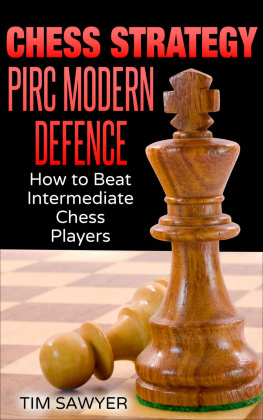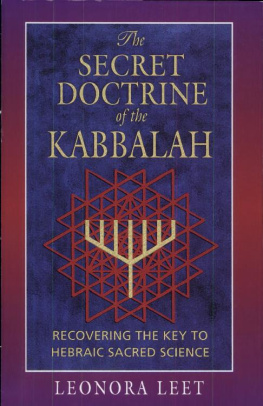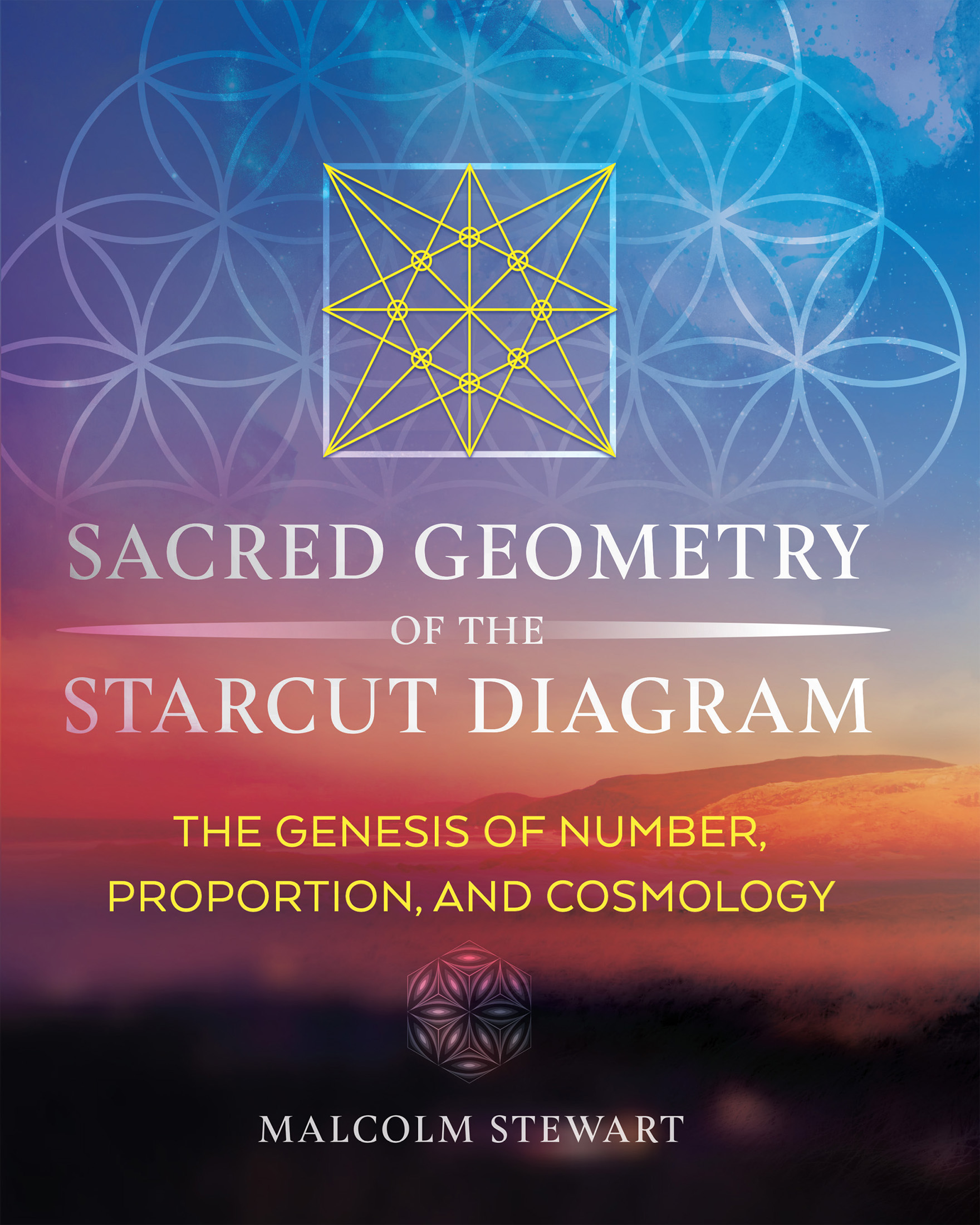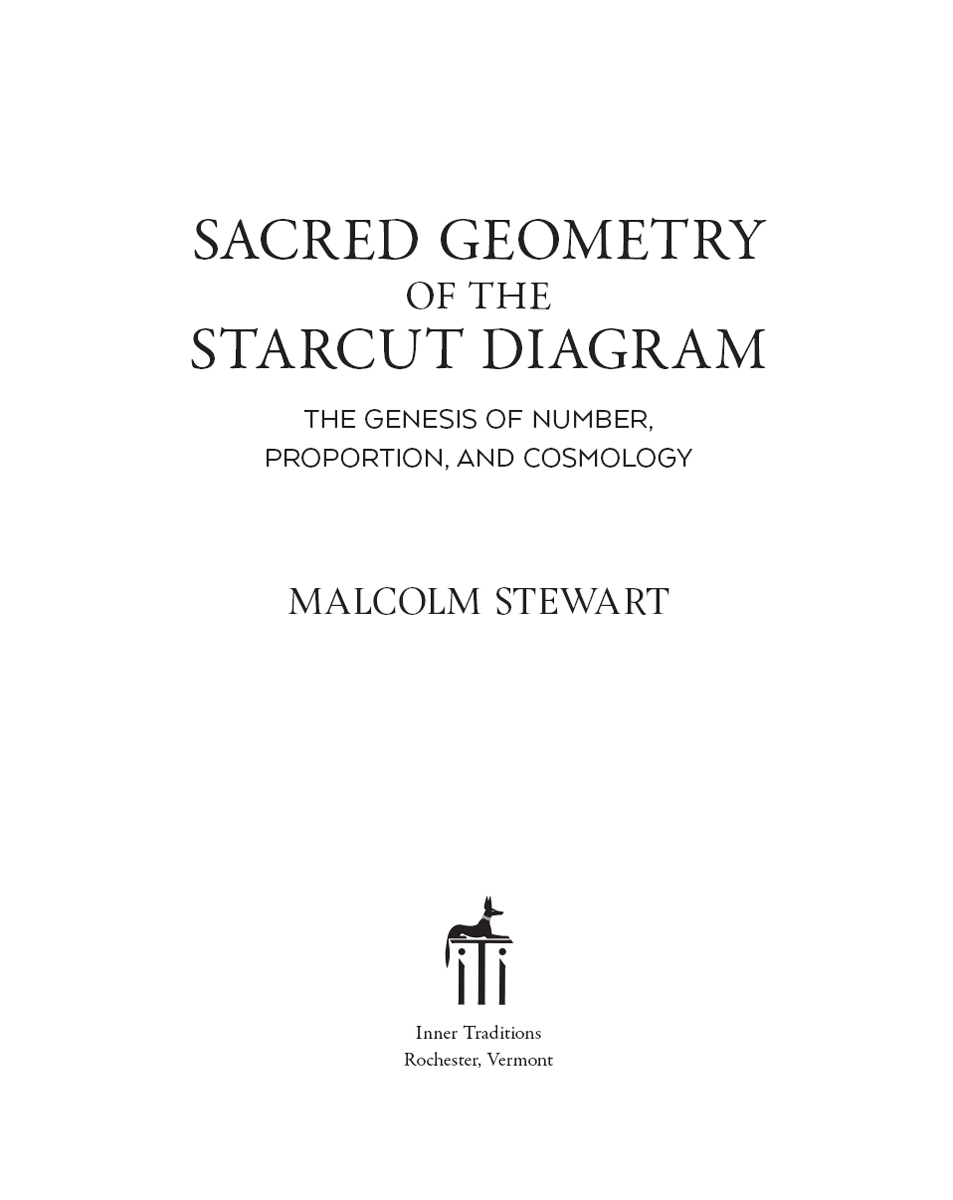This book is dedicated to my children, Adam, Mark, Martha, Rosie, and Phil.

Acknowledgments
I have acknowledged people to whom I am indebted at the relevant points in the text, and there is a full bibliography at the end. But at the outset I particularly want to say thanks to the following: the late Sivakalki Swami, who drew my attention to the Vedic name Agni; the late John Michell, for his insight into geomancy and traditional measures; Keith Critchlow, from whom I learned the basics of sacred geometry; Oscar Ichazo, for integrating the ancient principles of harmony, number, and form in a contemporary school of philosophy.
Thanks also to my friend Elliott Manley, skeptic, mathematician, hawkeyed editor, and sounding board. Thanks to Allan Brown, designer and author, without whose supportive interest this book may never have been written. Thanks to Rob Leech who helped me run the last mile.
Thanks to my editor, Christopher Moore, and Sally Martin and Helena Waldron of Floris Books; their creative input has greatly enhanced the books beauty.
A very personal thank-you goes to my wife Nora whose patience and trust made it possible to pursue this study of many years, and whose feedback has been a sure intuitive guide. She, together with friends Barbara, Natalie, Celia, Brian, and Patrick, has been a trusted lifeline in more ways than one.
ILLUSTRATIONS CREDITS
I am grateful to the following for the use of images in this book. Apart from those below there are a number that were found, unattributed, on the internet. If I have inadvertently omitted an acknowledgment, I apologize and will rectify the omission in the event of a reprinting.
Thanks to Allan Brown for the photo used in the prologue and epilogue; for figures .
Thanks to Barbara Carlisle for the photo in figure .
Thanks to Oscar Ichazo and the Arica Institute for permission to reproduce figure .
Thanks to John Martineau for figure .
Thanks to Ashen Venema for the figure illustration.
For figure , thanks to qian jin/iStockphoto.
The following images were found on the internet under a Creative Commons or GNU license: figure , Alastair Moore.

Contents


Sandwood Bay, Cape Wrath, Scotland.

Prologue
The two men walked along a ridge following the sweep of the beach around the bay. Ahead of them the westering sun caught the headlands south of Cape Wrath. As they took in the lines of the cliffs and the timeless ocean horizon, their talk had moved on from the earthbound beauty of their surroundings to the lofty arts of number, harmony, and form. The monk had explained how the ancients had believed such arts readied the soul for higher things, bringing it to the very shoreline of the eternal. He had described the strange and secret ways in which, he said, the old priests and philosophers had taught their pupils.
So youre telling me, said his burly southern friend, that all that stuff about right angles and hypotenuses and the musical theory about lengths of strings and golden measures, sacred numbers, and heaven knows what elseall the stuff we think of as coming from Pythagorasthat the lot was taught to him through just one simple diagram, when he was in Egypt?
Its certainly possible, said the monk, and much else besidessurveying, architectural ground plans, cosmology, theologyeven their very system of numbers itself. I think there was a geometric core to much that was taught in the House of Life in Heliopolis. And of course ancient Chaldea and India had it, too, and China no doubt.
The southerner looked at the Benedictines windbeaten face. Was he joking? One simple diagram?
Next youll be telling me that it was used to build the Great Pyramid.
Well, not build it exactly, but certainly for planning the groundsquare and later, to get the height and the face angles for cutting into the stone.
I thought that was some obscure anglejust under fifty-two degrees... The layman was not about to be convinced.
Yes, thats about it, said the monk cheerfully. Its right there in the diagram; which also divides itself into sevens and elevens and thirteens and an infinity of other sections. If Pythagoras had had the good fortune to be a Scotsman he could have used it for designing tartans! And if Hermann Hesse had only known about it he might have had a real glass bead game to play. But youre wrong about it being complicated. Its so easy that any half-skilled journeyman could sketch it out as a template with no problem at all.
The southerners silence proclaimed his skepticism.
Here, said the monk. Ill show you.
He clambered down an incline from the grass ridge to the banked sea gravel below. Slipping his sandals off, he walked out onto the beach. The receding tide had left the surface smooth and damp. There he squatted with his cowl flapping in the breeze. He reached for a twig of driftwood and in just a few strokes, he drew out a rudimentary boxed star-shape in the sand. His friend stood waiting for more, but the monk, it seemed, had finished.
So... is that it?
Yes, thats it, said the monk.
Just that simple?
Yesjust that simple.

The Starcut diagram.

Figure 1.1
Vitruvian Man, Leonardo da Vinci.

An Introduction to Sacred Geometry
Who Tastes Knows
Thomas Gradgrind, sir. A man of realities. A man of facts and calculations. A man who proceeds upon the principle that two and two are four, and nothing over, and who is not to be talked into allowing for anything over. Thomas Gradgrind, sir... with a rule and a pair of scales... ready to weigh and measure It is a mere question of figures, a case of simple arithmetic.
CHARLES DICKENS, HARD TIMES
Pythagoras is said to have opened his teaching by cutting an apple across the core to show the pentagonal star arrangement of its seeds, thus illustrating the difference between number as sheer quantity and number as quality. A group of five apples in a dish illustrates accidental quantityit could equally be four, seven, or however manywhereas a closer look shows that five has a more intimate or qualitative relationship to apples.




















